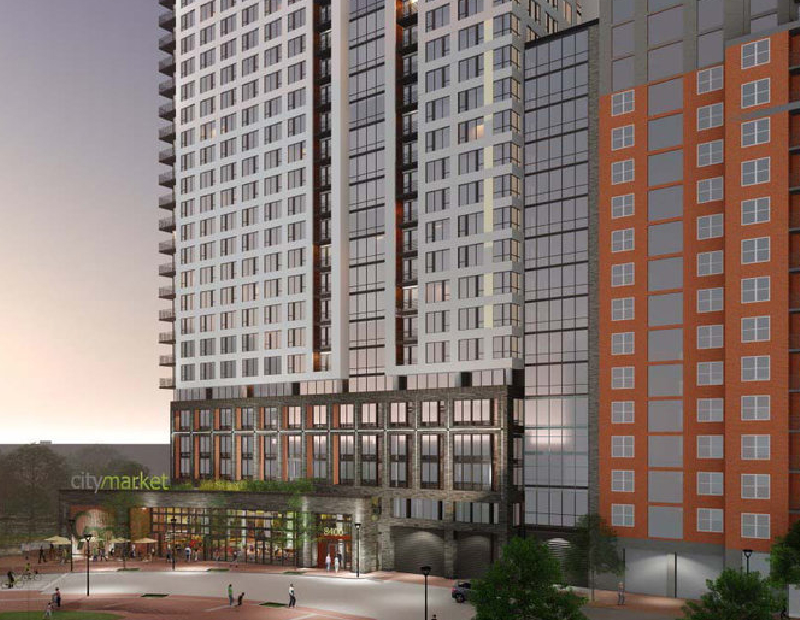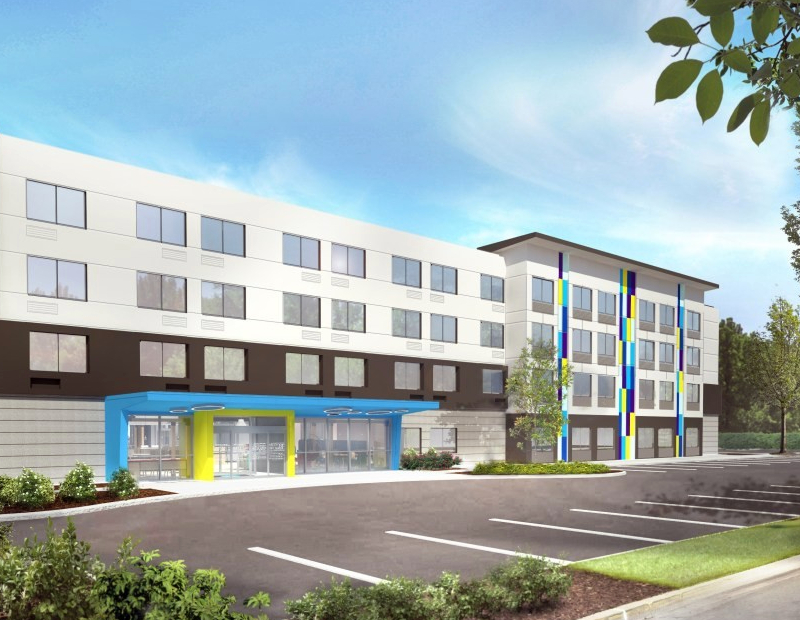Pandemic Unlikely to End Construction in 2020
While demand in most commercial real estate sectors has taken a nosedive, some shovels will still hit the ground in 2020.

Kermit Baker, chief economist, AIA. Image courtesy of AIA
The outbreak of COVID-19 in the U.S. in the first quarter of 2020 has had a swift impact on commercial real estate, with mandated social distancing sparking the shuttering of non-essential businesses and the cessation of most travel. Office leasing has declined, hotel occupancy has plummeted, and many non-essential retail tenants have been robbed of the revenue required to meet lease payments. With commercial real estate sectors experiencing substantial falls in demand, construction starts and plans have also decreased—but they have not precisely come to a screeching halt for the year.
READ ALSO: CPE’s Coronavirus Coverage
The U.S. construction pipeline got off to a solid start this year. According to the American Institute of Architects’ Architecture Billings Index, a bellwether for impending construction activity, demand for design services rose to 53.4 in February, with any figure above 50 indicating an increase in billings. As stay-at-home orders spread across the country, AIA produced a special economic report at the end of March and discovered that approximately 67 percent of the firms responding to the survey have already seen prospective projects slow or cease altogether. “The steep decline in our ABI for March, coupled with architectural firm estimates of double-digit declines in billings for the second quarter of 2020, suggests that construction activity will fall during the second half of this year and into 2021,” Kermit Baker, chief economist with the American Institute of Architects, told Commercial Property Executive.

Solaire 8200 Dixon. Image courtesy of Washington Property Co.
While construction activity may continue to decline, there are no indications that it will plummet to near cessation in 2020. “We don’t believe this is a lost year. We are seeing some new projects have delayed start dates due to COVID-19, but because the situation is constantly evolving, we continue to monitor all project progress on a weekly basis,” Mike Myers, president of McCarthy Building Cos.’ Southern California Region, told CPE. McCarthy has witnessed some of its projects being placed on hold as a result of local government and authorities opting to postpone construction activity amid the pandemic, but a notable 90 percent of the construction company’s projects have continued to move forward.
The health-care sector, which, along with retail, is in the eye of the storm in terms of coronavirus-impacted commercial real estate, will still see some development projects get underway within the next several months. Health care is a core market for McCarthy, and the firm contends that construction in the sector continues on the upswing. “Each client is different, however, while some health-care entities have been affected by the lack of revenue from elective surgeries and preparing for a surge of COVID-19 patients, some didn’t pan out that way,” Myers said.
The education sector, another of McCarthy’s core markets, is also on track for continued development for the remainder of 2020, buoyed in part by long-term capital programs. Although, some schools will abandon or delay construction plans due to coronavirus-related loss of revenue from tuition or student housing. Nevertheless, Myers added, “We do anticipate that any projects that have halted will resume in the near future.”
Pipeline Brass Tacks
The global pandemic is new territory for commercial real estate, but the last few weeks of life with COVID-19 and previous national economic crises have given experts enough evidence to predict changes in deliveries for 2020. Multifamily completions will likely trail initial annual forecasts by 15 to 20 percent, according to Marcus & Millichap’s new Global Health Crisis: Commercial Construction Special Report. The office sector is expected to experience a decline of 20 to 40 percent, resulting in the completion of 60 to 80 million square feet of space. Retail will also see a reduction in new supply of as much as 40 percent, resulting in the delivery of 25 to 35 million square feet of new offerings. The industrial sector, which will be perhaps the least affected sector due to the coronavirus-induced rise in e-commerce activity, will finalize 210 to 260 million square feet in 2020.
“The impact of ongoing project delays, a potential rise in construction costs and a shift in the supply and demand outlooks will reshape project viability, causing many to be mothballed until a clear, positive outlook reemerges,” according to the Marcus & Millichap report. “Speculative developers and builders with hotel and multi-tenant retail proposals on the books are likely to avoid project starts. Multifamily builders will also recalibrate their models, reassessing whether upcoming supply additions will be met with sufficient demand.”
The Proof Is in the Dirt-Moving

Tru by Hilton. Image courtesy of DeAngelis Diamond
Pandemic notwithstanding, construction moves on, albeit at a fragmented pace no one anticipated at the dawn of the new decade. “Yes, we see all commercial market sectors continuing to break ground,” Myers said. This week, Washington Property Co. broke ground on Solaire 8200 Dixon, a 403-unit apartment tower just outside Washington, D.C., in Silver Spring, Md. WPC also recently closed a $92 million construction loan through AXA Equitable Life Insurance Co. for the $163 million development. In Franklin, Tenn., near Nashville, DeAngelis Diamond just commenced work on a 135-key Tru by Hilton hotel on behalf of Parks Hospitality.
As for a return to the bustling construction market that had been the norm for the last several years, it may be a matter of just quarters, as opposed to years. “We wouldn’t expect a recovery in the commercial construction market until well into 2021,” Baker asserted. “For that to happen, we would need to see most businesses reopen, and some evidence that occupancy rates and rents had stabilized and were beginning to recover. In all likelihood, a commercial recovery won’t happen until the housing market recovers, so trends in housing starts, house prices, and rents should be helpful leading indicators for a commercial recovery.”







You must be logged in to post a comment.